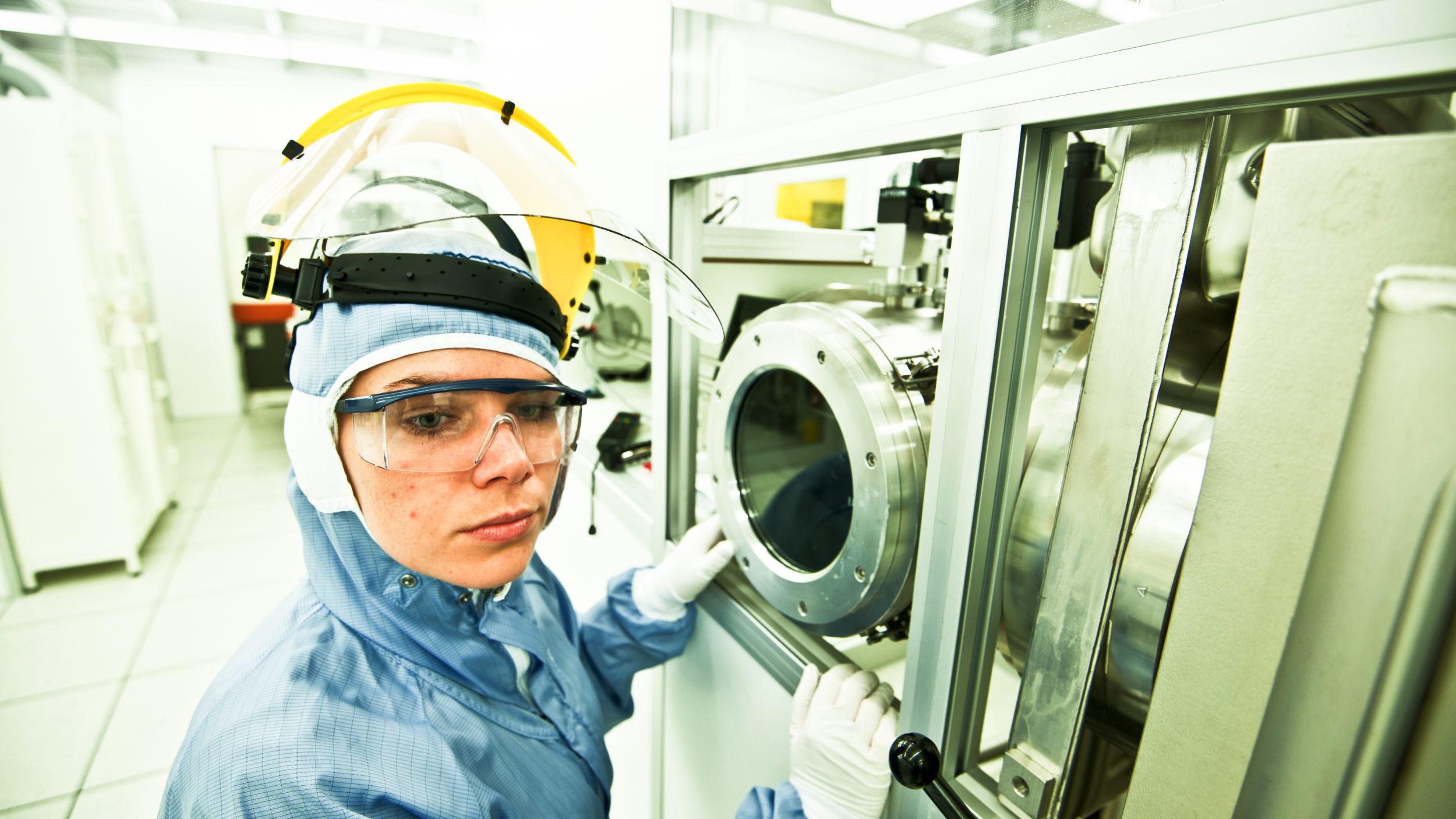Modern computers use a dizzying number of ports and connectors to connect with the Internet, interface with other devices, and accomplish whatever task their users require. Like any other form of technology, these ports have evolved as new data formats and transmission methods are developed and replaced.
However, computers used in the medical sector must often include both modern ports and obsolete or “legacy” ports. This is because the sector often uses both cutting-edge equipment and devices that are still functional but no longer supported by the original manufacturer. Healthcare providers need to understand the function of these various ports and the devices they support.
Today, we’ll review some of the most common modern and legacy ports and their use cases in healthcare.
Modern Computer Ports
Article Guide
Modern computer ports deliver the best possible performance in terms of speed, charging, and data transmission. The most common types featured include:
Universal Serial Bus (USB)
USB is the industry standard not just for medical computers but computers and electronics in general. The interface carries both data and power, making it extremely popular for peripheral devices like mice and keyboards.
USB has come in several different versions over the years, with USB-C being the most modern and boasting several advantages over its predecessors. However, older connectors like 1.0, 2.0, and 3.0 are still widely used, and most consumer and medical-grade computers feature multiple USB ports.
High-Definition Multimedia Interface (HDMI)
HDMI transfers high-definition audio and visual signals and is most commonly used for monitors, TVs, and other multimedia devices. In healthcare settings, it is typically used to connect a medical monitor to a computer, allowing it to display information on a patient’s condition.
Ethernet
Wireless connections are vulnerable to packet loss, where packets of data fail to transmit from the computer to their intended destination. Ethernet cables and connectors provide a wired Internet connection faster and more reliable than wireless Wi-Fi.
Ethernet connectors have come in several varieties over the years, with the RJ45 version being the most modern. For computers in a permanent fixture or workstation, Ethernet is an ideal method of Internet access.
3.5mm audio
Purely used for transmitting audio, 3.5mm ports are most commonly found on media players and mobile devices. Medical tablets and computers also feature them because they are small, easy to integrate, and let healthcare providers plug in headphones or earbuds. Providers often use these peripheral devices if they are listening to something that requires privacy, such as another provider’s second opinion or a patient’s verbal description of their condition.
DisplayPort
Designed to replace other digital display interfaces such as VGA and DVI, DisplayPort is a competitor with HDMI for connecting video sources (such as computers) to display devices (such as monitors). Historically, DisplayPort has delivered higher performance, but HDMI is more popular.
Many computers will mount both, allowing the owner to choose between the two.
Legacy Ports
While older, outdated, and no longer supported, including legacy ports is often critical for medical-grade computers. Doing so allows healthcare groups to continue using their legacy devices rather than purchase expensive replacements.
Serial Ports
Serial ports consist of an odd number of pins that transmit power and data one bit at a time. They were once commonly used for connecting devices to a PC but have almost entirely been replaced by USB formats. However, older medical devices such as anesthesia carts often use serial ports, making them essential to medical-grade computers.
Parallel Ports
Designed to be an improvement over serial ports, parallel ports can send multiple bits of data at once, compared to serial ports sending data only one bit at a time. Both were replaced by USB ports, which were faster, smaller, and more standardized across multiple manufacturers.
PS/2 Connector
Used in the past to connect keyboards and mice to the PC, the PS/2 connector is named after the IBM Personal System/2 series of personal computers. Despite being identical in shape and connection design, the connectors use different drivers and are color-coded for users, with purple for keyboards and green for mice.
Like serial and parallel ports, PS/2 connectors have been superseded by USB formats. However, mice and keyboards designed specifically for the healthcare field may still rely on the connector to plug into a computer, so manufacturers can still include them.
Video Graphics Array (VGA)
VGA connectors were once the standard for linking computers and monitors, as well as projectors and high-definition TV sets. However, as an analog connector (meaning it relies on a signal’s amplitude, phase, and frequency), VGA was eventually replaced by digital connectors. However, older monitors often exclusively use VGA connectors, making them necessary for medical computers.
Closing Thoughts
While consumer-grade computers are often in a race to embrace the newest and the best, medical computers and tablets must also be designed with considerations for the past. By including legacy ports such as serial and parallel designs in their layout, medical computers can enable healthcare groups to use both old and new technology.
If your healthcare group needs computers and tablets that feature both modern and legacy ports, contact the team at Cybernet Manufacturing. Our experience as an original equipment manufacturer enables us to customize our products to your exact needs without adding unnecessary features.
Join the conversation and connect with us on this and other relevant topics – Follow us on Facebook, Twitter, and LinkedIn.
A Comprehensive Guide to Medical Computer Regulations Around The World
November 7, 2023
Given the stakes they operate in, medical computers are some of the most closely regulated objects in the world. Major nations have a vested interest in ensuring the equipment healthcare providers use is safe, both for…
0 Comments8 Minutes
You Can't
Learn from a Pop-up
But we can deliver knowledge to your inbox!
We dive deep in the industry looking for new trends, technology, news, and updates. We're happy to share them with you.
Knowledge, News, and Industry Updates Right in Your Inbox



